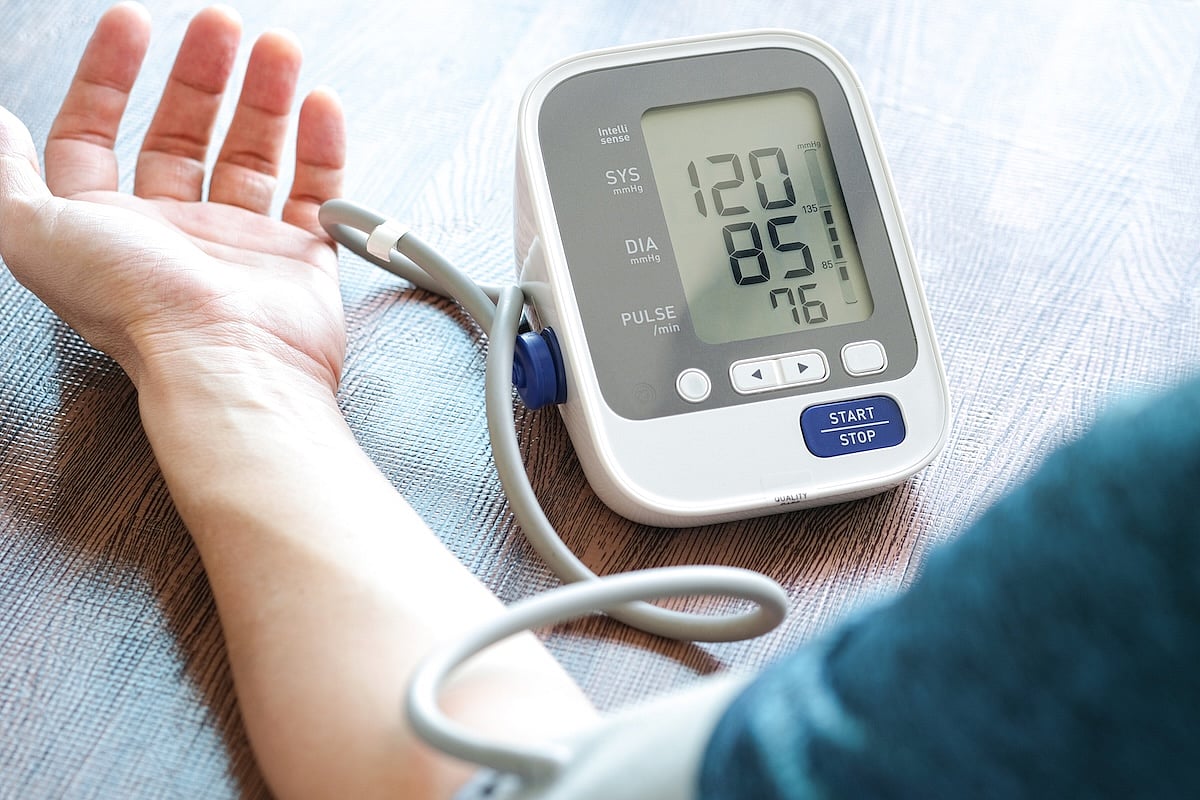Get Healthy!

- Posted September 9, 2025
Online Blood Pressure Pics Often Misleading, A Poor Guide For Patients, Study Says
Folks figuring out how to take their blood pressure at home might be tempted to use online stock photos to see how it’s done — but they really shouldn’t, a new study warns.
Only about 1 in 7 stock photos found online correctly depict the right way to measure blood pressure, researchers reported in the journal Hypertension.
“We expected that about 50% of images would be accurate. However, our findings were worse than expected,” said lead researcher Alta Schutte, a professor of cardiovascular medicine at the University of New South Wales Sydney in Australia.
“Because people tend to remember images better than words — a phenomenon known as the picture-superiority effect — inaccurate visuals could have serious public health consequences,” she added in a news release.
Home blood pressure readings have become increasingly important, with clinical guidelines now recommending that people regularly self-monitor their pressure and report the data to their doctor, researchers said in background notes.
But fewer than 1 in every 5 home blood pressure device owners report that someone has shown them how to properly take their own readings, researchers said. Many likely turn to the internet for guidance.
For the new study, researchers analyzed more than 1,100 images found on 11 major online stock photo sites using the term “blood pressure check.”
Only 14% of those images depicted people properly checking their blood pressure in the correct posture and with the right device, researchers found.
Things the pictures get wrong, based on clinical guidelines, include:
Not sitting upright with the back supported in a chair (73%).
Not resting the whole forearm on a flat surface or table (55%).
Using a manual self-pumping device rather than an electronic upper-arm device (52%).
Dangling feet rather than placing them flat on the floor (36%).
Not putting the mid-arm on the same level as the heart (19%).
Talking with someone else while taking the reading (18%).
Sitting with legs crossed (13%).
Placing the blood pressure cuff over clothing, rather than on the bare arm (12%).
Standing or lying down rather than sitting during the reading (5%).
“More people are checking their blood pressure at home,” Schutte said. “But because of the inaccurate depictions online – even on reputable websites – it is very likely that people who look for information on the internet about blood pressure will see these images and may use the incorrect technique at home.”
And that’s a problem, she cautioned.
“If this happens, people will get blood pressure readings that are either too high or too low, which can lead to wrong conclusions about their blood pressure and possibly too much or too little treatment when these blood pressure measures are shared with their health care team,” Schutte explained.
Interestingly, while photos of people taking their own blood pressure at home were most often incorrect, they tended to be better than photos showing blood pressure taken in a doctor’s office, researchers found.
About 25% of images showing self-measurement of blood pressure were accurate, compared to 8% of images depicting a health professional taking a patient’s blood pressure, results show.
Even major health organizations and universities have been using inaccurate images, Schutte noted.
“We urge these organizations, media outlets, stock photo creators, web developers, medical journalists and researchers to take a closer look at their online images,” Schutte said. “They should check that all images show how to measure blood pressure accurately and represent the proper techniques to reduce the likelihood of incorrect blood pressure readings at home and in clinical settings.”
Shutte said this is the first comprehensive evaluation of the accuracy of images being provided to the public about taking your own blood pressure.
Dr. Daniel Jones is chair of the American Heart Association’s high blood pressure guideline writing committee.
He said the new study highlights the importance of using accurate images to demonstrate the proper technique for measuring blood pressure.
“Home blood pressure monitoring is recommended for patients to help confirm an office diagnosis of high blood pressure and to monitor, track progress and tailor care as part of an integrated care plan,” he said in a news release.
More information
The American Heart Association has more on home blood pressure monitoring.
SOURCE: American Heart Association, news release, Sept. 8, 2025






